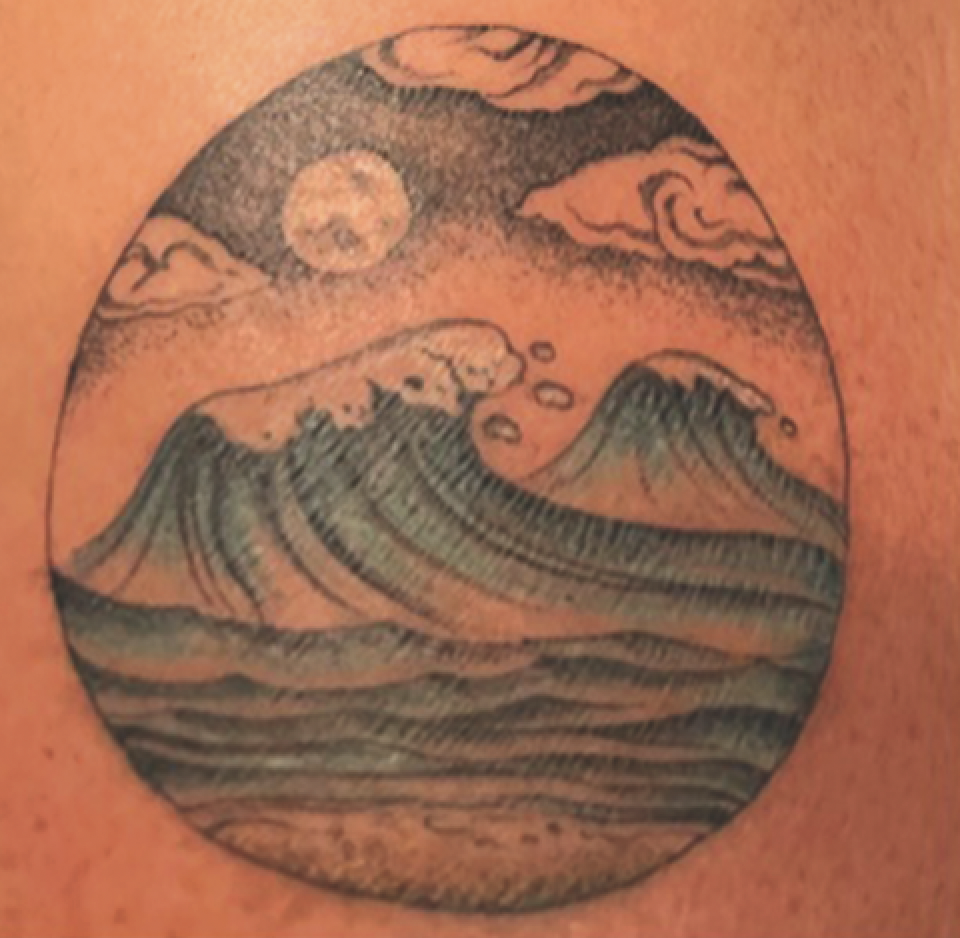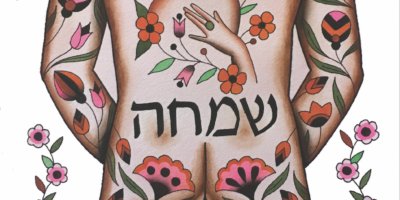
Black People in Color
I got my first tattoo when I was 26. A woman who did tattoos out of her living room etched a tiny fish on my calf. When I inquired about color, she told me it wouldn’t show up on my skin.
“You a Pisces?” she asked, donning gloves and filling the needle with black ink. “Yes,” I said, “plus some other things.” I didn’t explain that during the previous Eighteen months I had separated from my ex-husband, come out as a “dyke,” and the ink was a shy ode to “Go Fish,” the first “lesbian movie” I ever saw; groundbreaking for 1994.
I have come out in many ways since then: Mother, Black, Kohenet, Fat, Disabled, Queer, Jewish Leader, Femme, Feminist, Liberal, Psychologist, Professor, Proud Jew by Choice—and then some. Oh and single… just saying! I’d always planned to get another tattoo, one day. 18 months in Covid quarantine made one day now. The studio was clean and professional. The artist asked me about my physical health, the vision for my tattoo, and my vaccination status. Then as the needle buzzed against flesh, I felt the pain of all that had been lost to Covid rush to the surface of my skin and become filled in with ink and love.
As quarantine waged on, I returned a second and third time to the studio. Then a fourth tattoo honored Yemaya: The Ocean. As we began, I asked, “I know Black people can’t get color, but might you be able to try?”
“Of course, you can definitely get color! The idea that Black people can’t is based in the institutional racism of tattoo history.” Who knew? I have an amazing technicolor Ocean cresting on my shoulder.
In Chesvan 5782 I became a Kohenet. I wanted a tattoo to honor my Priestess journey: the Kohenet logo surrounded by morning glories. The piece is stunning: maroon spirals and Hebrew letters with blue, pink, and purple flowers and vines. I’ve already made my sixth appointment.



